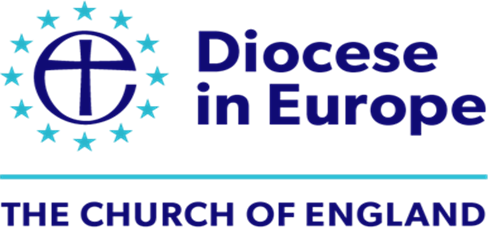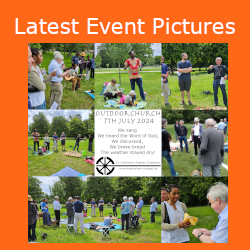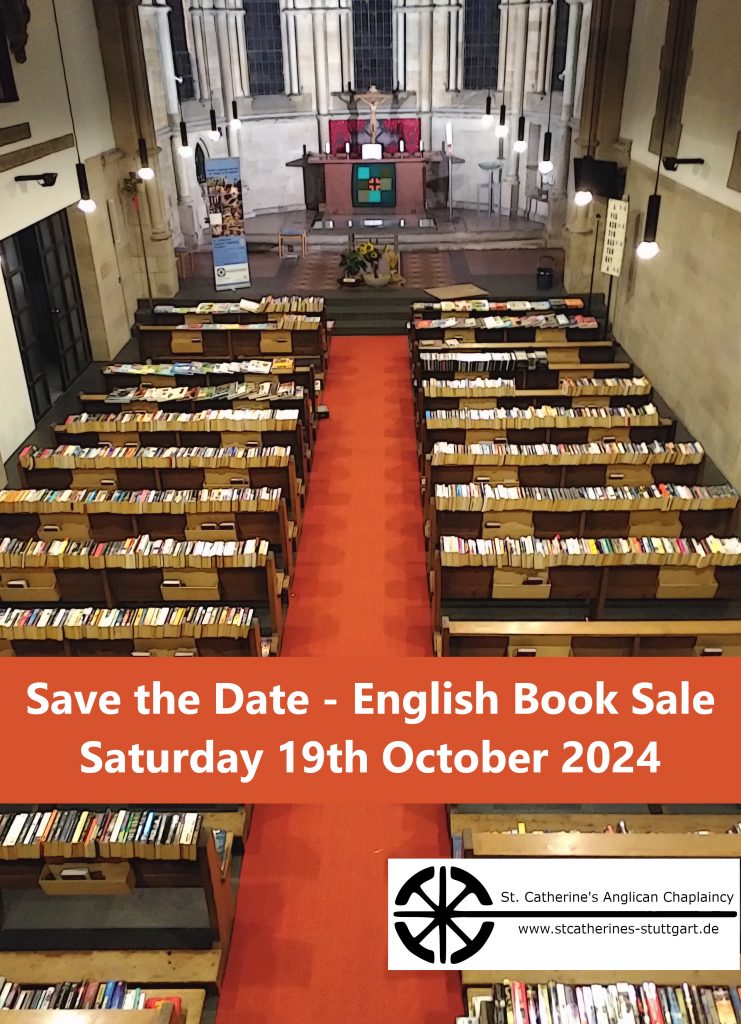 Governance
Governance
All organisations have structures, rules and regulations that help them run smoothly. St. Catherine’s is no different. These pages hope to provide a little bit of context and information for those who are not familiar with the finer points of the governance of the Church of England.
Legally
Before we get to the Church of England, legally, St Catherine’s has the status of a Verein. The Chaplaincy is represented as a legal entity in Germany by the Friends of the English Church e.V. with a Satzung and Vorstand Christopher Sloan.
The Verein is custodian of the financial and material resources of St. Catherine’s and the Treasurer must submit returns to the local tax authorities to maintain our charitable status.
Ecclesiastically
International
The Church of England (which includes the Diocese in Europe) is part of the Anglican Communion. Churches in the Anglican Communion share a common tradition, theology and many characteristics but different Provinces have some autonomy and their own identities. You can discover more about the Anglican Communion here http://anglican.org
“National”
The Church of England consists of the two Provinces of York and Canterbury made up of 42 Dioceses. The Diocese in Europe, to which we belong, is part of the Province of Canterbury. Each province has its own Archbishop and our current one is ++Justin Welby.
The Church of England provides the structure and regulations for our worship and our governance. As titles like “Church Representation Rules” suggest, some of these are not simply guidelines but rules we have to abide by.
In the Church of England governance is acted out through synodical structures, which are over 100 years old. These devolve through General Synod, Diocesan Synod, Deanery Synod. Joining in gives both voice and representation (where any voting is done). We at St Catherine’s can pass a question or a concern up this line and information as well as outcomes of decisions will be passed down this line.
Diocese in Europe
A diocese is a defined territory presided over by bishop(s).
The bishop(s) of a diocese swears an oath of canonical obedience to the archbishop.
In this diocese our current bishops are +Robert Ines (the diocesan bishop and based in Brussels) and also +David Hamid (suffragan or assistant bishop based in London. His responsibilities include Germany).
A bishop “rules” his/her Diocese under the remit of Canon (church) Law but must also abide by national law.
Archdeaconry
Dioceses are divided into Archdeaconries, this can either by area or by population which goes some way to explain why they can vary enormously in size. An archdeacon shares the work of a bishop and some of that is about ‘presence’ – a bishop cannot be everywhere and so an archdeacon has ‘the power of visitation’. Our current archdeacon is ‘The Venerable Leslie Nathaniel’ (or Rev’d Dr Leslie Nathaniel).
An Archdeaconry is further divided into administrative areas called Deaneries. We are in the Germany Deanery and our Area Dean is Rev’d John Newsome
The Council of Anglican and Episcopal Churches Germany (CAECG) draws together the two English language churches of the Anglican Communion with chaplaincies in Germany. This body has no official status, but it’s meetings often coincide with the Deanery Synod, and at St. Catherine’s our two elected representatives wear both a Deanery Synod and CAECG “hats”.
Chaplaincy
The smallest administrative unit in the Church of England – in England – is the Parish. This is a geographic area committed to the clergy by the bishop. Everybody who lives in England belongs by default to a parish and can call upon the church there.
Outside England this does not apply. In our diocese we have Chaplaincies. Chaplains are responsible for the spiritual needs of a gathered community of people, and can often be found in hospitals, schools, prisons, universities. In our case the gathering factor is the English language. We thus welcome all those who walk through our doors (physical or online) and can thus also speak of a world-wide St Catherine’s family.
Clergy in a Chaplaincy will have a vastly different array of roles. Some of these are dictated by history (compare Hamburg to Stuttgart) or by location in say a capital like Paris or Berlin, or by local peculiarities (which may either afford opportunities or restrictions). There is thus a rigorous and comprehensive selection process in place for the appointment of clergy in this diocese. The ultimate responsibility for appointing chaplains lies with the bishop and chaplains are said to ‘be licensed’ when inducted by the bishop. A priest will swear an oath of allegiance to the Diocesan bishop.
All, or any, other clergy (who may be retired clergy with permission to officiate or ministers in other employment) are known by a variety of titles and in Stuttgart we use Associate Priests (see who is who section of website). Clergy are responsible for the performance of ‘divine service’, which is a spread far wider than what happens on Sundays. In addition, there are sacraments and occasional offices or ‘rites’. In so doing there are ‘approved’ forms of services / liturgies and we stick to those at St Catherine’s. Similar rules are in place in use of Bible versions, codes of dress (robes).
Other clergy ‘responsibilities’ include the calling of Council meetings and the Annual Meeting, unless there is an interregnum during which the Wardens take on those roles.
Lay Roles within a Chaplaincy
The Chaplain is supported in his/her ministry by a variety of lay people, some of whom have specific roles and responsibilities.
Office of Church Warden
Church Council / Standing Committee
The roles listed above are elected roles. Elections take place at the Annual General Meeting
There are then other functional roles, such as the Electoral Roll Officer who maintains the Electoral Roll, Director of Music, Sunday School Teachers …
A relatively recent addition to this list is the Safeguarding Officer, however, unlike all the other roles this is an overseeing role. Safeguarding is the responsibility of all those involved in (leading) a chaplaincy.










